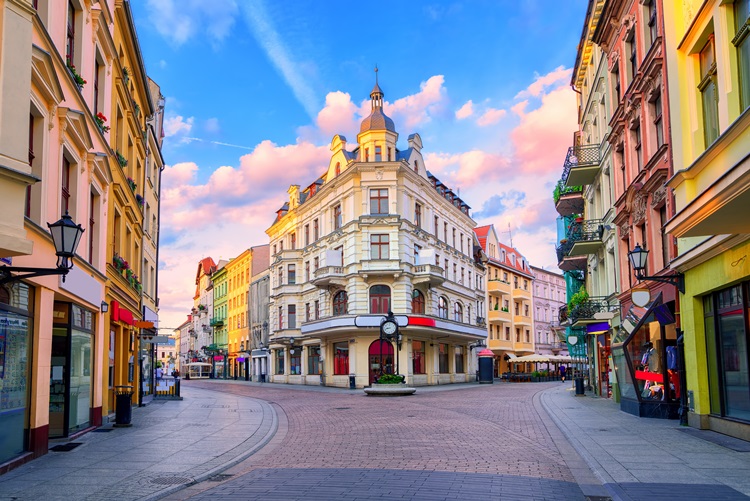Director Frederick Wiseman’s latest documentary, In Jackson Heights, focuses on the western Queens, New York neighborhood of the same name.
While the film addresses immigrant rights, local politics, and the vibrant queer community, it also follows activists opposing the creation of a Business Improvement District they believe will spell an end to many small businesses.
Speaking inside of a salon, Frank Rafalian, a property owner sympathetic to the needs of small businesses, warns the community about how the Business Improvement District will make their neighborhood unrecognizable. “What’s happening in Williamsburg and Astoria, they want to happen here,” Rafalian tells the room, alluding to the rapid gentrification of both neighborhoods over the last decade.
Rafalian’s fears aren’t unfounded. Business Improvement Districts are a favored neoliberal practice that transforms mixed-income neighborhoods into the same chain stores one can find at any outlet mall across the country.
It’s theoretically possible that a Business Improvement District can help a community and help small businesses grow through actions like improving garbage collection, putting on public events, and providing the tools small businesses need to navigate bureaucracy.
But too often BIDs have turned against the businesses they were meant to serve, making the cost of entry into a new area even higher for local merchants, or lacking the transparency needed to instill trust from the community.

